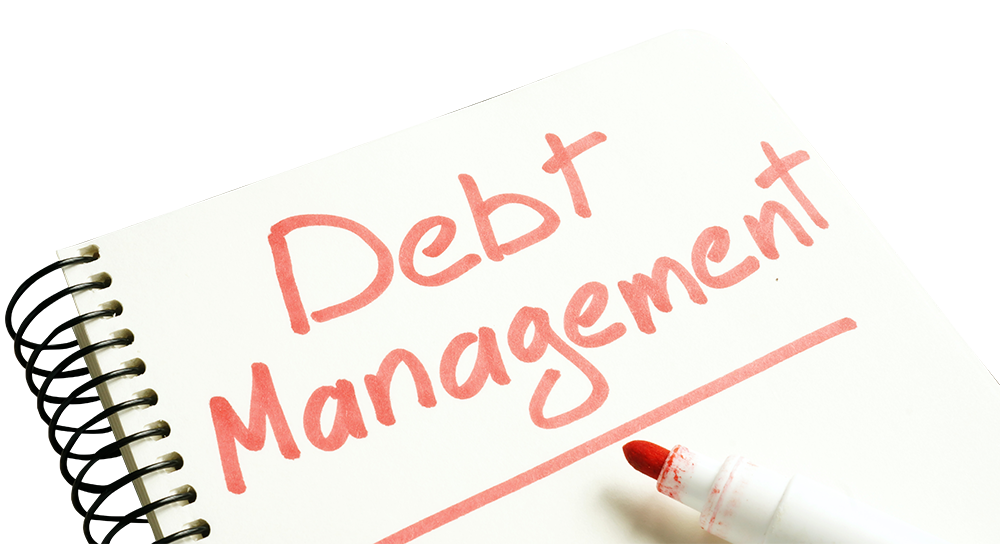If you borrow money from a bank or other formal lender, you will hear the following terms associated with your loan:
Loan size: The amount you borrow.
Loan term: Period of time you have to use the loan money and repay it.
Interest rate: Percentage of the total loan amount charged to the borrower for the use of money borrowed. Interest is usually charged on a monthly basis.
Fees:Administrative charges in addition to interest which are usually paid once, at the time the borrower takes the loan.
Grace period: Period after receiving a loan and before the first payment is due.
Repayment schedule: The frequency of loan payments (e.g., weekly, biweekly, monthly).
Click for urdu translation of this site
*Source: www.financialeducation.pk
| Use of Debt | Good Debt | Bad Debt |
|---|---|---|
| Purchasing an Asset or Consumer Durable | The asset or goods purchased outlast the time it takes to pay off the lender.The income earned from the asset exceeds cost of the loan | Debt is still owed after the item is consumed or the income earned from the asset is less than the cost of the loan. |
| Working Capital | The loan makes it possible to pursue a business opportunity that is profitable enough to repay the loan and have something left.
The loan helps you save money on inputs or inventory and thus increase your earnings from the final product. |
You cannot earn enough to repay the loan.
You have other less-costly sources of financing. You cannot get the loan in time to take full advantage of a specific opportunity. |
| Emergency Loan | The loan helps you solve an immediate problem without undue hardship. | The loan terms are too costly, or cannot be adjusted to your ability to repay. |
- Before you borrow, compare the costs of the loan you want among several lenders.
- Location: Is the lender close to your home or business?
- Product offerings: Does the financial institution offer other types of loans or savings services that interest you?
- Customer service: Do you feel comfortable there? Is the staff friendly and helpful?
- What types of loans are available?
- What are the collateral requirements?
- What are the savings requirements?
- What is the interest rate?
- What fees are charged?
- What are the penalties for late payments?
- How long does it take to get a loan?
- How many times do you have to actually go to the loan office to complete the application?
- Using credit to purchase things you once bought with cash
- Getting loans or extensions to pay your debts
- Using savings to repay loans
- Using credit for living expenses
- Don’t borrow more than you can afford to repay.
- Save money regularly for emergencies so you do not always have to borrow.



